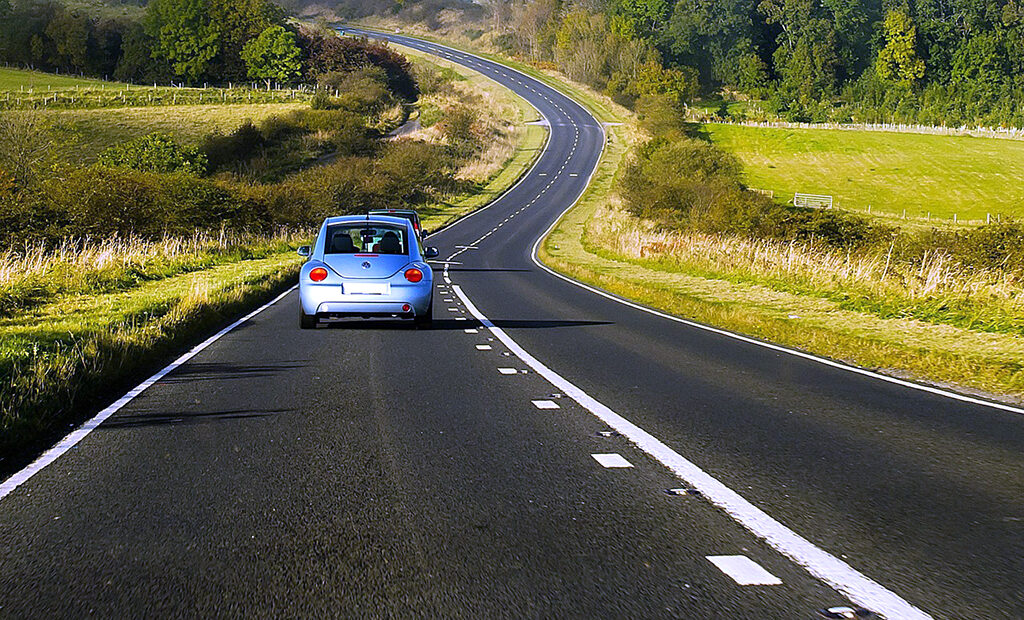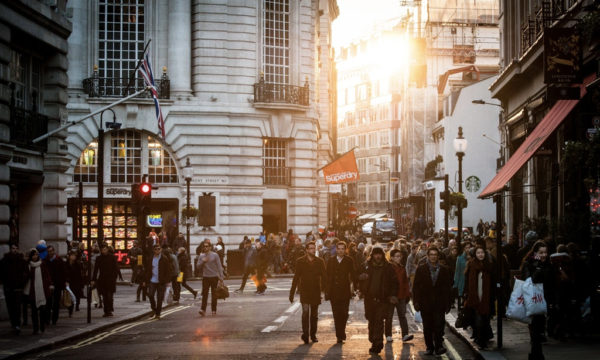The five most dangerous roads in the UK

Some of the most stunning and sought-after destinations in the UK can only be accessed by traversing the nation’s most infamous roads. While reaching the destination is worth the hazardous journey, it is reasonable that drivers might feel apprehensive about navigating these roads.
Naturally, drivers should always exercise caution and remain aware of potential hazards on the road, such as shifting weather conditions, wildlife crossings, and tight curves. A well-planned journey should incorporate regular rest breaks, take into account traffic flow, and avoid high-risk areas.
When preparing for an extended drive, research is crucial. Whether individuals need temporary car insurance solutions or service solutions along the way, online services can assist too.
Now, let’s explore the UK’s most treacherous roads and understand precisely why they are so perilous.
Road #1: A1(M)
The A1(M) motorway in the UK spans a total length of 93.8 miles (151.0 km) and consists of four separate sections. It was built between 1965 and 2018, with each section being an upgrade to a corresponding section of the A1, which is a major north-south road connecting London to Edinburgh.
Despite the upgrades, the A1(M) remains one of the most hazardous roads in the UK. In fact, it has earned the title of Britain’s deadliest road, with collisions causing the deaths of 172 people over the past decade alone. Between 2007 and 2016, the road saw a total of 7,848 accidents involving 10,821 vehicles.
One reason for the high accident rate on the A1(M) is the sheer volume of traffic passing through it daily. The road connects several popular cities, including London, Peterborough, Leeds, Doncaster, and ultimately Edinburgh. As a result, it serves as a major transportation hub for both commuters and commercial traffic.
Although the A1(M) motorway is a critical artery for transportation throughout the UK, it remains one of the most dangerous roads in the country. Drivers must stay alert and exercise extreme caution when using this road to ensure their safety and the safety of others.
Road #2: A38
The A38 is one of the main trunk roads in England, stretching from Bodmin in Cornwall to Mansfield in Nottinghamshire. It covers a distance of 292 miles (470 km), making it the longest two-digit A road in England. The road is also known as the Devon Expressway, Bristol Road, and Gloucester Road.
Despite the road’s importance as a major artery for commuters and holidaymakers, it has gained infamy as one of the UK’s most hazardous roads. According to the Department for Transport (DfT) statistics, the A38 had the most reported road traffic incidents between 2007 and 2016.
A key reason for the high number of accidents on the A38 is the road’s perilous nature. With steep hills, tight turns, and merging lanes, the A38 presents significant challenges even for the most experienced drivers. Moreover, a growing number of motorists and holidaymakers travelling along the route has increased the risk of accidents.
The A38 also faces weather-related challenges that heighten its dangers. The ever-changing British weather and recurring flood risk at Notter Bridge make driving on the road even more treacherous. Motorists venturing onto the route under such conditions must exercise additional caution to stay safe on the road.
While the A38 may have its charms, it is essential to recognise the dangers and take extra precautions when driving on the route. Motorists need to be watchful when travelling on the winding road to avoid accidents, especially during challenging weather conditions.
Road #3: M25
The M25 is one of Britain’s busiest and longest ring roads. It spans approximately 188 km and nearly encircles Greater London, passing through Kent, Surrey, Buckinghamshire, Hertfordshire, and Essex. The motorway serves as a vital connector, providing essential links to London’s major airports, seaports, and commercial centres.
However, aside from its significant contribution to the country’s infrastructure, the M25 also holds a notorious reputation as one of the UK’s most dangerous roads.
According to recent statistics, there were a total of 7,673 road accidents reported on the M25, involving 13,064 vehicles and resulting in 80 deaths. The M25’s accident rate is relatively high, with an average of 760 accidents occurring annually.
The majority of incidents recorded on the M25 are collisions and crashes, with speed and poor driving behaviours ranking as the primary causes. Speeding remains the main cause of most motorway accidents, but coupled with the fact that the M25 is one of the UK’s busiest motorways, it is perhaps unsurprising that it is also notoriously dangerous.
Road #4: A628
The A628 is a major road connecting Greater Manchester and South Yorkshire in northern England. This 38-mile road traverses the Pennine hills and cuts through the Peak District National Park. It is notorious for its high altitude and exposure to adverse weather conditions, particularly in winter, which has led to numerous accidents.
The A628 is considered one of the most dangerous roads in the UK. Between the beginning of 2014 and the end of 2018, approximately 169 people were injured in 88 separate crashes on this stretch of the road, causing significant concern among authorities and road users.
The high accident rates on the A628 can be attributed to several factors, including the road’s narrow carriageway, sharp turns, steep gradients, and its altitude. The A628 is a challenging route that requires drivers to exercise extra caution, particularly during wintry conditions.
The statistics speak for themselves – in 2017, seven people died or suffered severe injuries on the A628, with a further 18 sustaining less severe injuries. In 2016, three people suffered severe injuries, while 33 others had minor injuries. In 2015, there were seven severe injuries and 20 minor injuries, while 2014 saw six severe injuries and 36 minor ones.
Drivers using this route are urged to exercise extreme caution, particularly during adverse weather conditions, and ensure they are prepared for the challenges the road presents.
Road #5: A537 (Cat and Fiddle Inn)
The A537, and particularly the Cat and Fiddle Road stretch, is one of the most notorious roads in Great Britain. This stretch of road is just 7.5 miles long, but it is known for its sharp bends and steep falls from the carriageway. The road connects Buxton, Derbyshire, and Macclesfield and is named after the Cat and Fiddle pub which lies within its remit.
According to a report published in 2016, the Cat and Fiddle Road has a high accident rate, and it is responsible for 44 severe or fatal crashes between 2007 and 2011 alone. The report states that the road’s dangers are primarily caused by the severe bends, steep falls, and the walls that line the route.
In an attempt to decrease the number of accidents on the road, the speed limit on the section between Macclesfield and the Cat and Fiddle Inn was reduced to 50 mph. The road is also regularly patrolled by unmarked police cars to enforce the speed limit and ensure that drivers stay on the correct side of the centre line.
Despite the high accident rate, the Cat and Fiddle Road remains extremely popular with motorcyclists who are drawn to its scenic views and challenging bends. However, it is important to note that the road can be hazardous even for experienced riders due to the dangerous conditions.
The editorial unit



















Facebook
Twitter
Instagram
YouTube
RSS